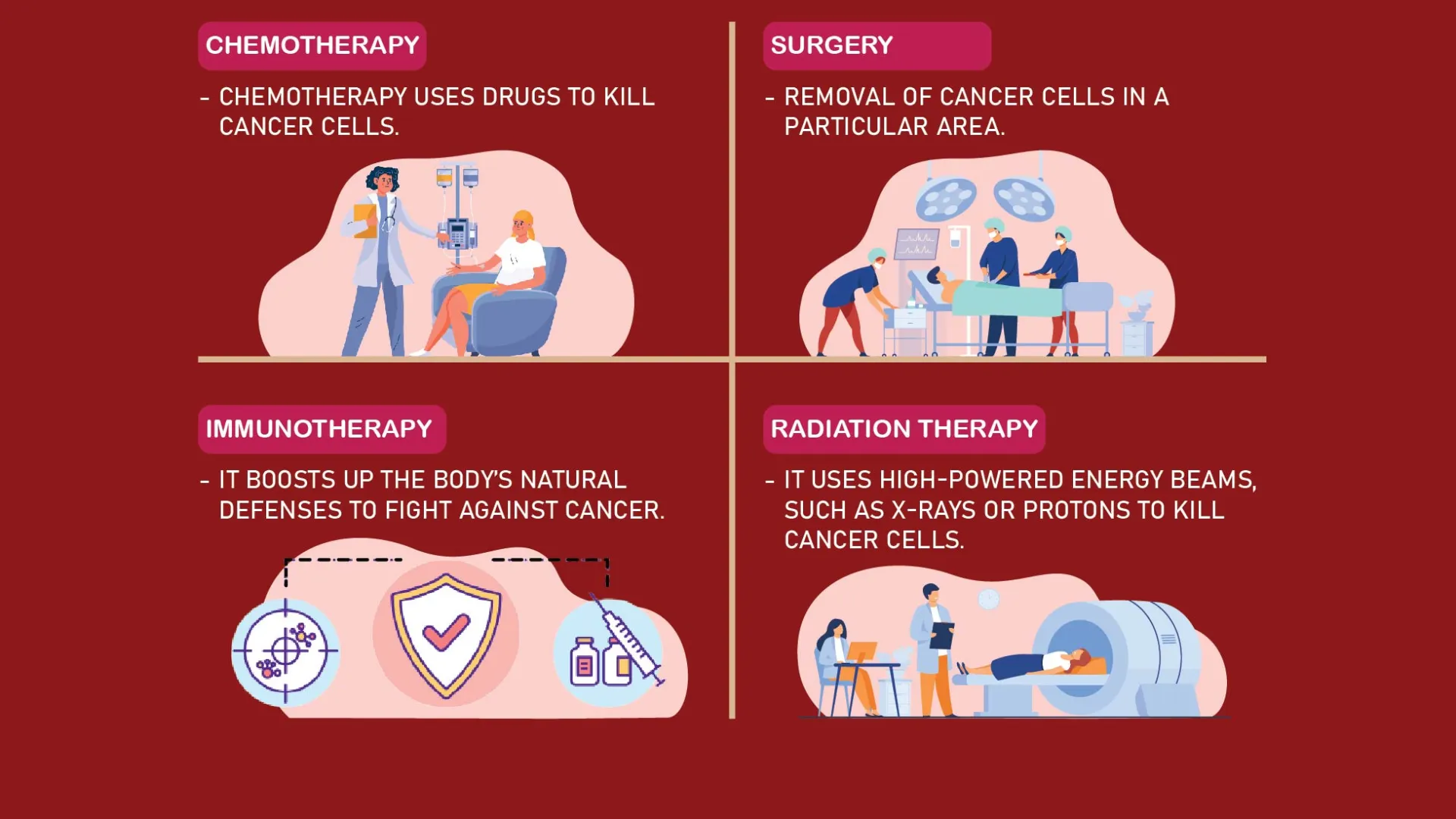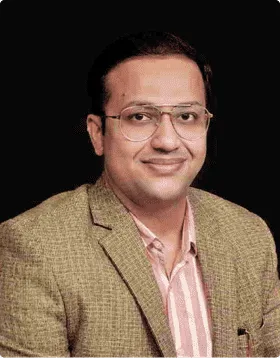
Understanding the Surgical Approaches for Head and Neck Cancer
Head and neck cancer (HNC) encompasses various malignancies that occur in the oral cavity pharynx, larynx, salivary glands, nasal cavity and surrounding areas. The treatment of Head and neck cancer often necessitates a multidisciplinary approach, with surgery playing a pivotal role in management. This blog explores the different surgical approaches available for treating head and neck cancer, their indications, and the implications for patient recovery and quality of life.
Overview of Surgical Approaches
Surgical intervention for head and neck cancer can be broadly categorized into several approaches:
- Open Surgery
- Minimally Invasive Surgery
- Robotic Surgery
- Reconstructive Surgery
- Salvage Surgery
Open Surgery: Open surgery has been the traditional method for treating head and neck cancers. This approach is often necessary for larger tumours or those located in complex anatomical regions. Key types of open surgeries include:
Laryngectomy: Removal of part or all of the larynx, often required for advanced laryngeal cancers. A total laryngectomy results in permanent changes to speech, necessitating alternative communication methods.
Mandibulectomy: Resection of the mandible, often required for oral cavity cancers.
Pharyngectomy: Involves the removal of part or all of the pharynx. This procedure may be indicated for cancers located in the throat.
Neck Dissection: This surgery removes lymph nodes in the neck that may be affected by cancer. It can be performed alongside the removal of the primary tumour.
Open surgeries provide direct access to tumours, allowing for comprehensive resection. However, they often result in significant morbidity, including changes in speech, swallowing, and appearance.
Minimally Invasive Surgery: Minimally invasive techniques have revolutionized the surgical management of head and neck cancers, offering benefits such as reduced recovery time, less postoperative pain, and minimal scarring. Key minimally invasive approaches include:
Transoral Laser Microsurgery (TLM): This technique utilizes lasers to excise tumours of the larynx or oropharynx through the mouth, avoiding external incisions. It is particularly beneficial for early-stage cancers, preserving surrounding tissues and functions.
Transoral Robotic Surgery (TORS): TORS employs robotic systems to enhance precision during tumour resection. The robotic arms allow for greater dexterity and visualization, minimizing trauma to adjacent structures. This method is effective for oropharyngeal cancers and is associated with shorter hospital stays and quicker recovery times.
Robotic Surgery: Robotic-assisted surgery is an advanced form of minimally invasive surgery that utilizes robotic systems to perform complex procedures with enhanced precision. The benefits of robotic surgery include:
Enhanced Visualization: The robotic system provides a three-dimensional view of the surgical site, allowing for better identification of critical structures.
Greater Precision: Surgeons can perform intricate maneuvers with greater dexterity than traditional methods.
Reduced Recovery Time: Patients often experience shorter hospital stays and quicker returns to normal activities.
Robotic surgery is particularly effective for oropharyngeal cancers, where traditional approaches may be more invasive.
Reconstructive Surgery: Reconstructive surgery is often necessary following tumour resection to restore form and function. Techniques include:
Free Tissue Transfer: This involves transferring tissue from another part of the body to the surgical site. Microvascular techniques allow for the reattachment of blood vessels, ensuring the viability of the transplanted tissue. This method is crucial for extensive resections, such as those involving the jaw or facial structures.
Local Flaps: These involve moving nearby tissue to cover defects. They are less complex than free tissue transfers but may not provide as much coverage for larger defects.
Reconstructive surgery is integral to the overall treatment plan, as it addresses the aesthetic and functional deficits resulting from cancer surgery.
Salvage Surgery: Salvage surgery is indicated for patients with recurrent head and neck cancer after initial treatment has failed, typically following radiation therapy. This approach is complex, as previous treatments can alter the anatomy and increase the risk of complications. Key considerations include:
Resection Techniques: Surgeons aim for complete excision of the recurrent tumor while preserving vital structures. This may involve advanced imaging techniques and intraoperative navigation to enhance precision.
Functional Outcomes: The goal of salvage surgery is not only to remove cancer but also to maintain as much function as possible. This requires careful planning and execution to minimize damage to surrounding tissues.
Salvage surgery remains a challenging aspect of head and neck cancer management, often requiring a tailored approach based on individual patient factors and tumour characteristics.
Considerations and Outcomes
The choice of surgical approach depends on several factors, including:
Tumour Size and Location: Larger tumours or those in complex anatomical locations may necessitate open surgery, while smaller tumours may be amenable to minimally invasive techniques.
Patient Health: Overall health and comorbidities can influence the surgical approach and recovery.
Desired Outcomes: Surgeons aim to balance effective cancer removal with the preservation of critical functions such as speech, swallowing, and appearance.
Postoperative Care and Quality of Life
Postoperative care is crucial for recovery and may include:
Speech Therapy: Essential for patients who undergo laryngectomy or other surgeries affecting speech.
Nutritional Support: Patients may need assistance with eating and swallowing, especially after extensive surgeries.
Psychosocial Support: Coping with changes in appearance and function can be challenging, making psychological support vital.
Conclusion
Surgical treatment for head and neck cancer is a complex and evolving field that requires a multidisciplinary approach. Understanding the different surgical options available helps patients and their families make informed decisions about their treatment. Open surgery remains a cornerstone for extensive disease, while minimally invasive techniques are revolutionizing treatment paradigms, offering patients less morbidity and quicker recovery. Reconstructive surgery plays a critical role in restoring function and appearance, and salvage surgery provides options for patients facing recurrence. With advances in minimally invasive and robotic techniques, many patients can expect improved outcomes, reduced recovery times, and better preservation of quality of life. As always, consultation with a specialized head and neck cancer team is essential for determining the most appropriate treatment strategy tailored to individual needs. As the field continues to evolve, ongoing research and clinical trials will further refine these techniques, ultimately enhancing outcomes for patients with head and neck cancer.
